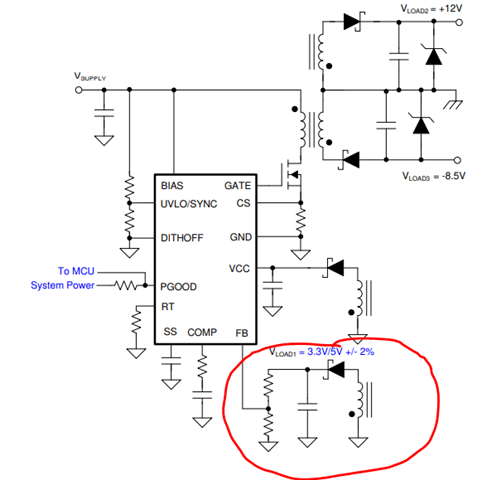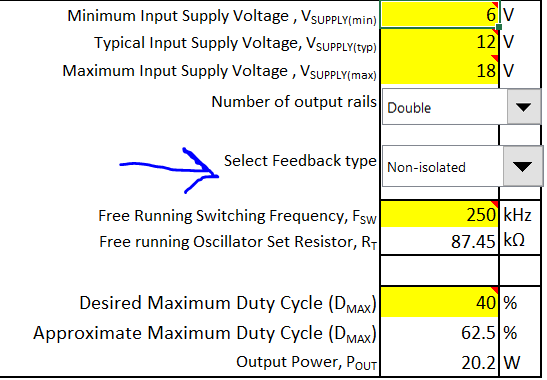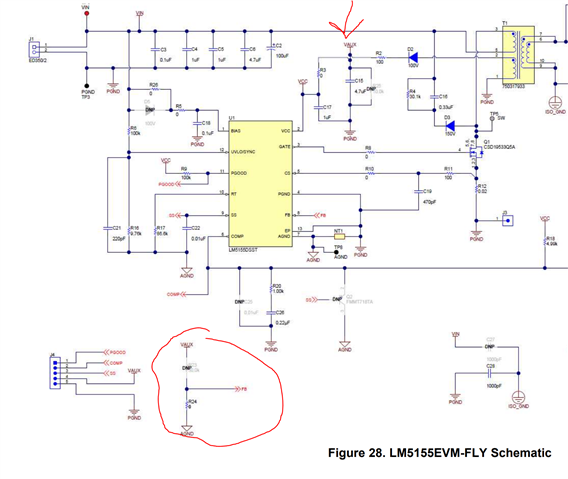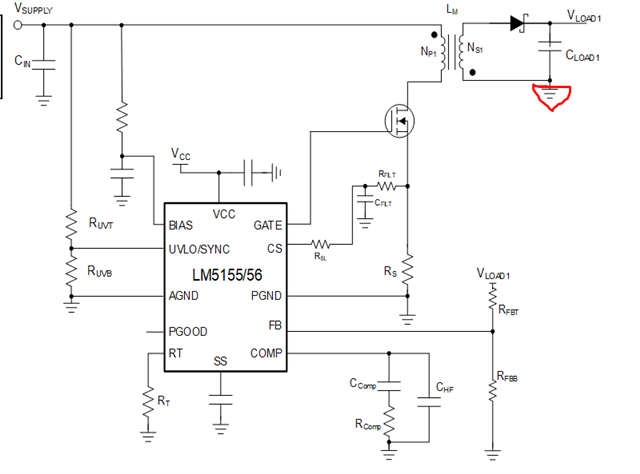Other Parts Discussed in Thread: LM5155
Hi team,
1.My customer is interested in using LM5156 as flyback in primary regulation,
But the calculator only support secondary regulation, and I couldn’t find more related schematic about primary regulation in the datasheet.
Would you provide any excel tool and schematic of LM5156 that can support my customer design with “primary regulation”?
2.and another question for below picture, is the Vload1 voltage designated by turn ratio to primary side or feedback resistor ratio like normal boost application?

Regards,
Fred





